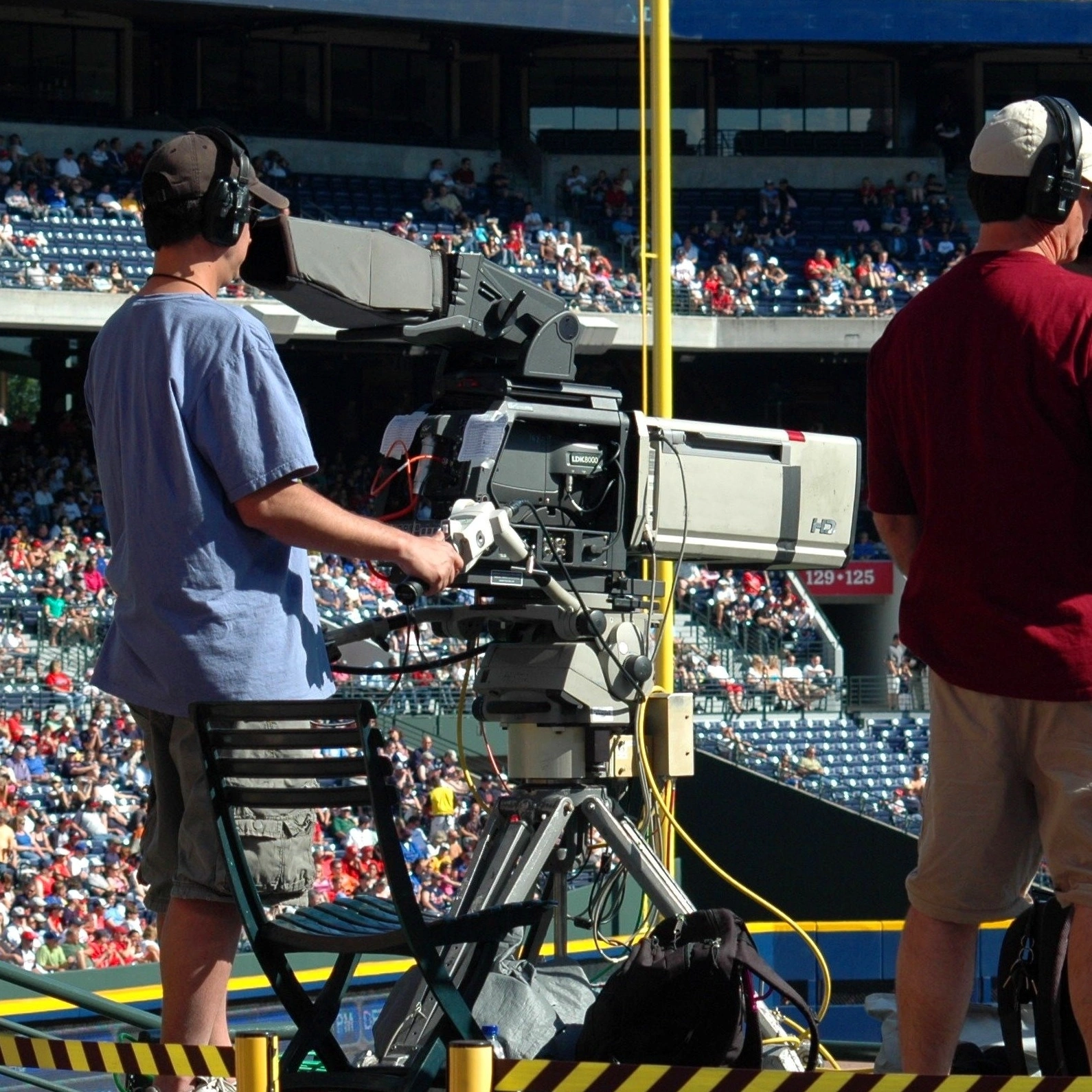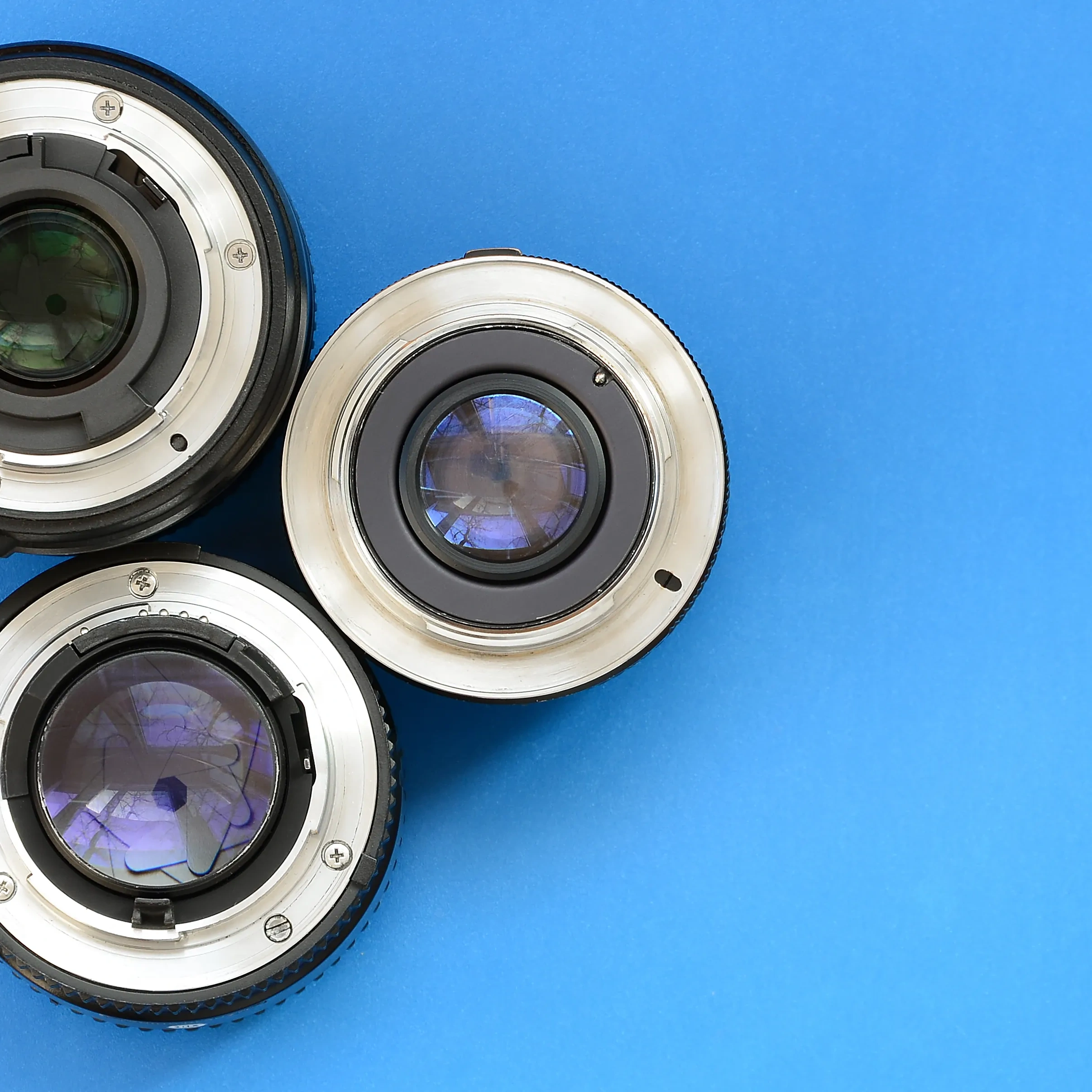The modern sports fan demands instant, crystal-clear, slow-motion replays that capture every muscle twitch, ball spin, and decisive contact. Achieving this cinematic experience on live television is far more complex than simply reducing playback speed. It requires a perfectly synchronized imaging chain designed to record hundreds of frames per second, ingest the data with zero loss, and make it available to production teams within seconds. At the center of this workflow sit high-speed CoaXPress cameras from KAYA Vision, purpose-built to deliver the uncompromised image quality and reliability that premium broadcasters expect.
Why High-Speed CoaXPress Cameras Matter
Slow-motion sports replay is fundamentally about time. The shorter the exposure and the higher the frame rate, the more detail viewers can see when plays are dissected frame by frame. Legacy camera interfaces such as HD-SDI or USB struggled to move the gigabytes of data generated each second by true high-speed sensors. CoaXPress (CXP) changed the game by offering up to 12.5 Gbps per single cable with power and control embedded. KAYA’s high-speed CoaXPress cameras harness this bandwidth to stream full-sensor, lossless images—up to 513 fps on the Iron 2011E and 100 fps on the Iron 4600—directly into the production switcher.
For broadcasters, the advantages are immediate:
- Latency-free capture: CXP transmits uncompressed video, eliminating codec delays and preserving raw quality for color grading and keying.
- Deterministic triggering: Hardware-level GenICam control lets operators fire the camera at the exact millisecond a bat contacts a ball or a sprinting athlete crosses the line.
- One-cable simplicity: Power over CoaXPress (PoCXP) means fewer cables around the field and quicker set-ups between games.
KAYA Vision Cameras Suited for the Sidelines
Two models in KAYA’s Iron series shine in broadcast vision solutions:
- Iron 2011E — With a 6.5 µm global-shutter pixel and 513 fps throughput, this compact camera is ideal for courtside robotic heads or goal-line installations where every millisecond decides the match. The global shutter ensures there is no rolling-shutter skew when capturing a 160 km/h tennis serve.
- Iron 4600 — Offering an expansive 43.8 mm sensor and 8K resolution at up to 100 fps, the Iron 4600 is engineered for cinematic wide shots. Producers can crop any region in post for multiple replay angles without sacrificing 4K broadcast resolution.
Both cameras share the CoaXPress transport layer—Iron 2011E on version 2.0 and Iron 4600 on version 2.1—so engineers can use the same micro-BNC cabling and control tools when moving from indoor arenas to open-air stadiums.
Frame Grabbers: The Unsung Heroes
A high-speed sensor is only half the story. When Iron cameras output hundreds of uncompressed frames per second, the host PC must keep pace. KAYA’s Predator II Single CoaXPress 12G Frame Grabber provides a dedicated 2 GB/s PCIe 2.0 data path, scatter-gather DMA, and on-board 512 MB memory buffering to guarantee zero-drop capture even when the production computer is rendering graphics or recording multiple feeds.
Key broadcast-oriented features include:
- 64-bit timestamps with 8 ns precision for sync across multiple replay cameras.
- Hardware-level event counters to trigger slo-mo record buffers the moment officials stop play.
- Comprehensive I/O lines to align LED light panels with exposure windows, eliminating flicker under stadium illumination.
Engineering the Perfect Slow-Motion Workflow
Building a reliable slow-motion sports replay chain involves more than selecting a camera. Below is a proven configuration adopted by leading broadcast vision solutions providers:
- Acquisition: One or more Iron 2011E units configured for 480–500 fps at 8-bit depth capture the action. Their PoCXP capability allows engineers to run single micro-BNC cables from camera to OB van.
- Ingest: Each camera feeds a dedicated Predator II frame grabber. The GenICam API exposes parameters to a replay server application that sets pre- and post-trigger record lengths.
- Processing: The server stores the raw frames directly on NVMe drives while generating low-latency proxies in parallel. Thanks to the frame grabber’s on-board Bayer de-mosaic and color LUT, the proxies inherit the same high dynamic range that the audience will see.
- Playback: Operators scrub through the clip on a touchscreen interface, select an in/out point, and push the content to the vision mixer. Because the entire pipeline stays uncompressed until the final output transform, producers can zoom 200 % without pixelation.
- Archival: Full-quality RAW is stored for post-match analysis, coaching insights, and highlight compilation.
Handling Challenging Lighting Conditions
Stadium lighting often runs at 50 or 60 Hz, causing visible flicker in high-speed footage. KAYA’s cameras counter this in two ways:
- High dynamic range: Iron sensors deliver more than 70 dB (Iron 2011E) and up to >90 dB (Iron 4600), capturing shadow detail under the rafters while protecting highlights on LED billboards.
- Flexible exposure control: Operators can nudge exposure times in microsecond steps—thanks to CoaXPress deterministic control—until flicker artifacts disappear.
Beyond Slow-Motion: Advanced Vision Applications
Adopting high-speed CoaXPress cameras opens doors beyond cinematic replays. Broadcasters are exploiting the same data stream for:
- Automated player tracking: Machine-vision algorithms trained on the 8K feed from an Iron 4600 generate real-time heat maps for commentators.
- Virtual advertising insertion: The clean, uncompressed signal serves as a pristine background for augmented reality graphics that stay locked to the field during camera pans.
- Referee assist: High-resolution, high-frame-rate clips provide definitive evidence in video-assistant-referee (VAR) rooms, reducing game delays and controversy.
Reliability in the Field
Sports production is a harsh environment: fast setups, vibration from cheering crowds, and temperature swings from afternoon sun to late-night chill. KAYA Vision designed Iron cameras and Predator II grabbers with industrial-grade components and MIL-STD-810G 75G shock ratings so they can ride atop rail cams or behind basketball backboards without failure. Optional IP67 lens tubes keep rain and dust out, crucial for motorsport or winter sports where spray and powder are constant threats.
Optimizing for ROI
Investing in high-speed imaging hardware tends to pay for itself quickly when viewers stay glued to replays and advertisers pay premium rates for slotting their brand beside iconic sports moments. Because KAYA’s products follow the open GenICam standard, broadcasters avoid vendor lock-in and can repurpose cameras for other shows—concerts, esports, or studio robotics—during the off-season. Firmware updates extend hardware life, adding new trigger modes or improved LUTs without additional cost.
Choosing the Right KAYA Configuration
When planning your next broadcast upgrade, consider these guidelines:
- Frame rate target: For mainstream sports televised in 1080p60, 480 fps capture offers an 8×-slow-motion sweet spot. Select Iron 2011E.
- Resolution priority: If the production delivers in UHD or 8K, leverage Iron 4600 to future-proof content libraries.
- Interface scalability: One Predator II grabber per camera ensures full bandwidth today, and its CXP 2.1 compatibility means you can adopt forthcoming multi-link or fiber transport options without replacing the cards.
Elevate Every Replay
In the race to capture fan attention, milliseconds and megapixels count. KAYA Vision’s family of high-speed CoaXPress cameras, paired with advanced frame grabbers, empowers broadcasters to deliver jaw-dropping slow-motion sports replays that keep audiences talking long after the final whistle. Whether you are revamping an OB truck or outfitting a new remote production studio, KAYA provides the precision, bandwidth, and rugged reliability you need to make every frame—and every sponsorship opportunity—shine.




